- Hotline: 852+ 2891 9689
- Whatsapp: 852+ 9146 8426
- [email protected]
- 6/F 29 Austin Road, Tsimshatsui, Kowloon, Hong Kong
A receding hairline is one of the earliest and most common signs of male pattern baldness ( androgenetic alopecia ). It typically starts at the temples and gradually moves backward in an “M” shape. The primary causes include:
Hair loss often runs in families. If your father, uncles, or grandfather had a receding hairline, your risk is higher.
A hormone called Dihydrotestosterone (DHT) shortens the growth phase of hair and causes miniaturization of follicles, especially in genetically sensitive areas like the temples and crown.
As men age, the hairline tends to mature and move upward naturally, even without significant balding. This process can start as early as the late teens or early twenties.
Poor diet, smoking, and chronic stress may accelerate genetic hair loss, though they are rarely the sole cause.
Men with Receding Hairline – a hair transplant can be a highly effective solution for men experiencing a receding hairline, but not everyone is an ideal candidate. Success depends on several key factors:
Men whose hair loss has stabilized (usually after age 25–30) are better candidates. If hair is still rapidly falling out, a transplant may not be long-lasting or may require additional sessions.
A strong, healthy donor area (usually the back and sides of the scalp) is essential to provide enough follicles for transplantation. Sparse or miniaturized donor hair may limit results.
Candidates should understand that a hair transplant can restore appearance, not their teenage hairline. Aiming for a natural-looking result that suits their current age and face shape is key.
Chronic illnesses, bleeding disorders, or uncontrolled medical conditions may affect wound healing and increase risk. A preoperative medical evaluation is always done in our clinic to ensure safety.
Class II–IVa Norwood pattern hair loss
Stable hair loss (no rapid progression)
Good donor density at the occipital and parietal areas
Reasonable expectations regarding density and coverage
Diffuse unpatterned alopecia
Very young age with aggressive progression
Unrealistic cosmetic demands (e.g., ultra-low, adolescent hairlines)
Class II: ~1,200–1,600 grafts ( 2,400 – 3,000 Hairs )
Class III / IIIa: ~1,800–2,400 grafts ( 3,200 – 3,600 Hairs )
Class IVa: ~2,200–3,000 grafts ( 4,000+ Hairs )
1 session is sufficient in most cases
A touch-up session may be offered after 12 months for fine-tuning density or temporal restoration
Temples and frontal forelock (Class II–III)
Frontal zone and mid-scalp (Class IIIa–IVa)
Temporal points only if stable and donor allows.
Each hairline is custom-designed to match your face shape, age, and aesthetic goals. We aim for:
FUE is the preferred method for Class II–IVa receding hairlines for minimal downtime and no linear scar.
FUT may be considered in cases requiring a large number of grafts or with limited donor density.
Oral or topical Finasteride or Minoxidil may be prescribed to stabilize surrounding hair
LLLT (Low-Level Laser Therapy) and nutritional support may be recommended for enhanced growth
Hair transplant result should be preserved by ongoing maintenance therapy where appropriate

Thinning in area 1 – Relatively easy job and welcomed by many small hair transplant centers as only a few hundreds grafts are needed. We do not recommend for those younger than 25. Further hair loss in area 2 will make the transplanted hair in area 1 stand out like horns, very difficult to repair.
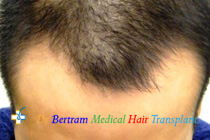
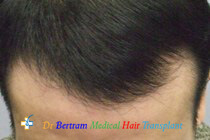
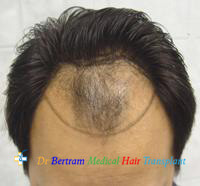
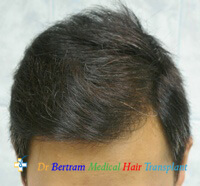
Shock loss refers to the temporary shedding of native hair following a hair transplant procedure. While it’s more frequently observed in women due to widespread miniaturization from Female Pattern Hair Loss (FPHL), shock loss can still occur in men — though it’s less common.
Shock loss is typically triggered by surgical trauma or stress to the scalp. Even when carefully performed, the procedure can temporarily disturb surrounding native hairs, especially if those hairs are already weakened due to:
Genetic miniaturization ( male pattern baldness )
Scalp inflammation or poor circulation
Nutritional deficiency or chronic stress
Onset: Typically 2–4 weeks post-transplant
Recovery: New growth generally begins around 3–4 months
Full regrowth: Usually achieved by 6–12 months
Most of the shed hairs return, often healthier and stronger with proper care and recovery support.
At our clinic, we take every precaution to reduce the chance and impact of shock loss:
Gentle and precise implantation to minimize trauma
Avoiding overpacking grafts into fragile native zones
Offering LLLT (Low-Level Laser Therapy) to enhance recovery
Advising targeted supplements and optional pre-op minoxidil for borderline areas
In most male patients, no. Shock loss is a temporary phase in the healing process.
However, if the affected hairs were already severely miniaturized, they may not return — not because of the transplant, but because they were nearing the end of their life cycle.
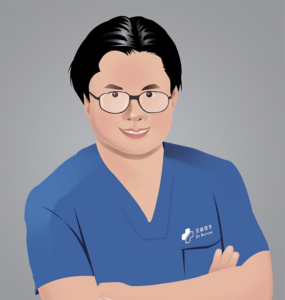
Not All Receding Hairlines Are the Same. Some are stable and purely cosmetic, while others progress aggressively. A medical evaluation is essential to determine the cause, assess future risk, and discuss treatment options.
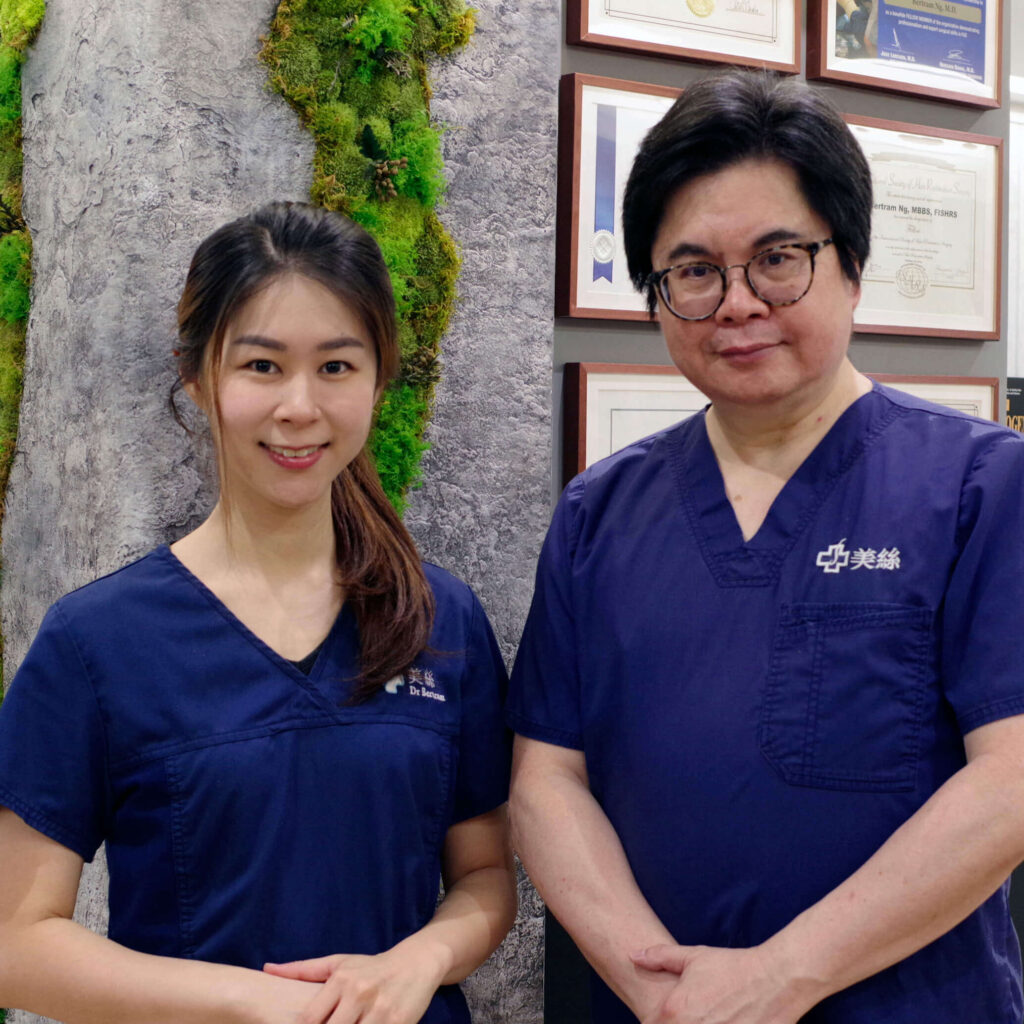
From consultation, surgery, to aftercare, you will receive continued personal care by our doctors, not just consultants.
Have a question? Please feel free to call our friendly customer service.
International Accreditations
Recognized by leading global medical bodies, our clinic stands as one of the most qualified and internationally accredited hair transplant centers in Hong Kong and mainland China. We are proud to uphold the highest standards in medical ethics, safety, and surgical expertise.
Hair transplant is the ultimate solution to restores hair, but not everyone is good candidate.
Our online assessment helps determine if these procedures suit you, saving you time and costs.